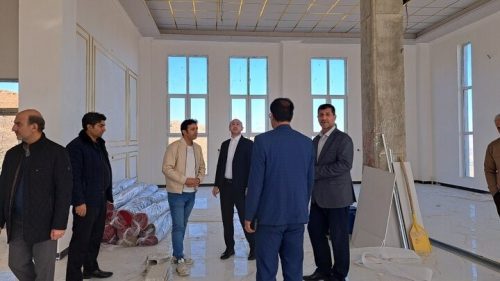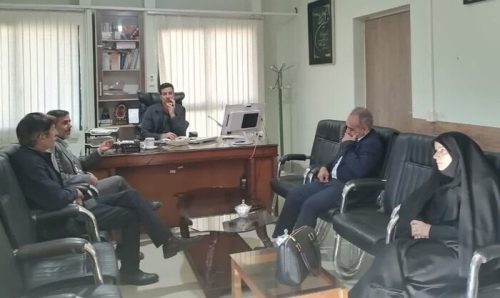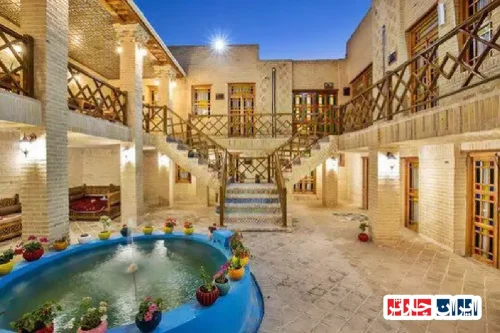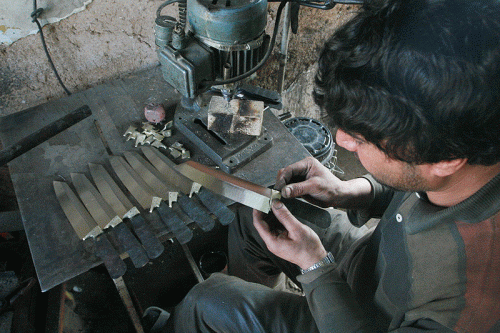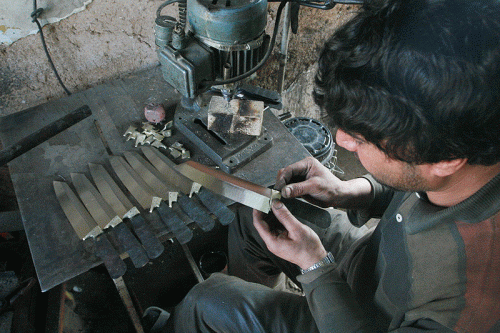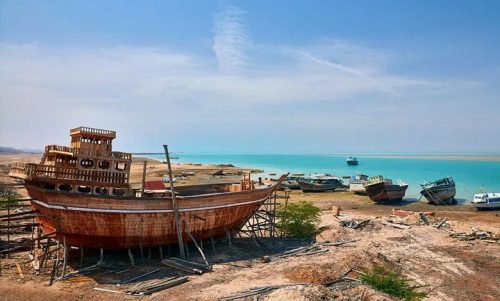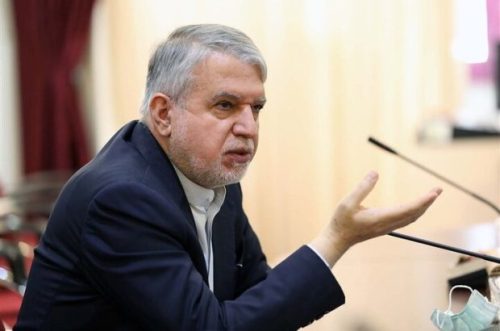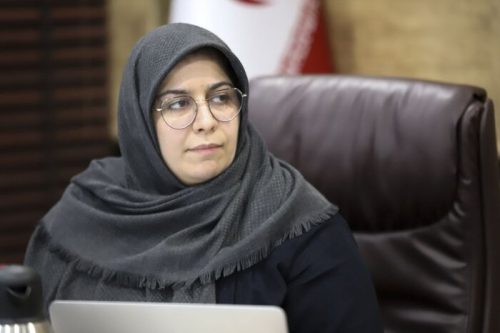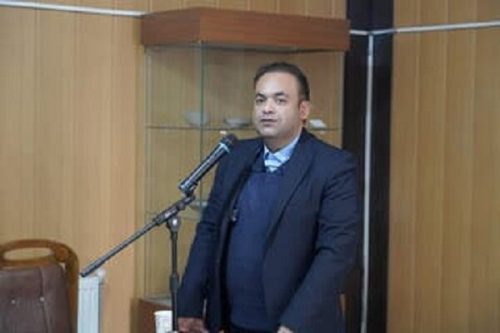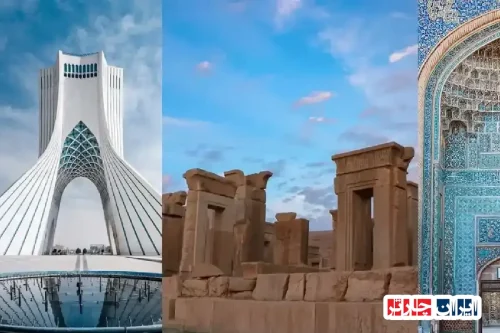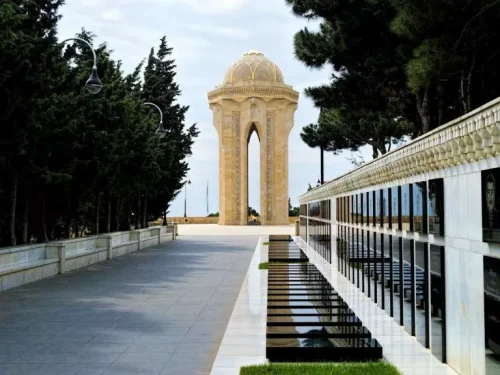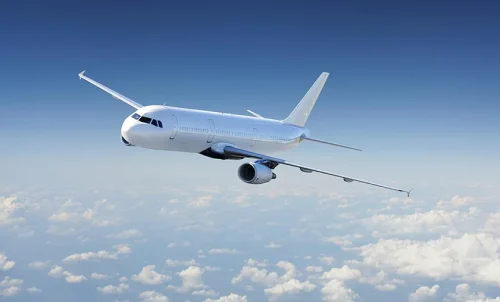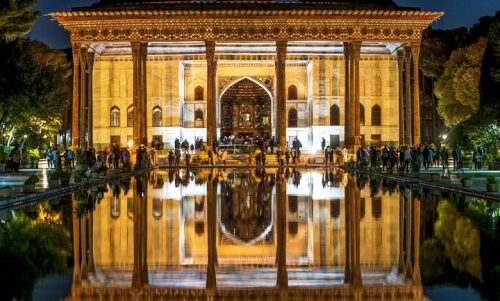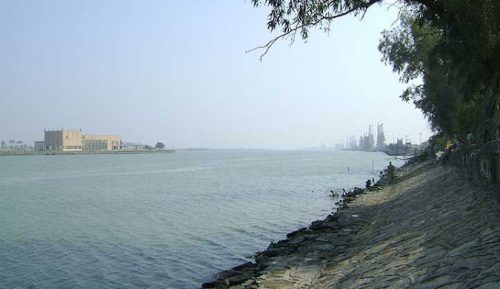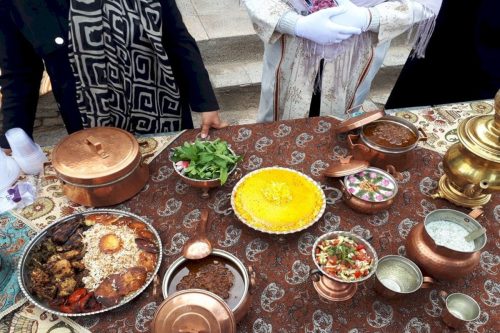Breakthrough in Accessible Tourism: Kandolus Village Transformed by Iran Charter
Defining and Embracing Inclusive Tourism
Inclusive tourism, often referred to as accessible tourism, is a fundamental approach that seeks to ensure travel and leisure experiences are available to everyone, regardless of their physical, sensory, or cognitive abilities, or any other special needs. It goes beyond simply providing ramps or accessible toilets; it encompasses the entire tourism value chain, from information gathering and booking to transportation, accommodation, activities, and the overall visitor experience. The core principle is to create environments and services that are welcoming, usable, and enjoyable for all individuals, fostering a sense of belonging and equal opportunity in exploring the world.
Embracing inclusive tourism is not only a matter of social responsibility and human rights but also represents a significant market opportunity. As populations age and awareness of diverse needs grows, the demand for accessible travel options is increasing globally. By innovating to meet these needs, the tourism industry can tap into a wider customer base, enhance its reputation, and contribute to a more equitable and diverse society. Prioritizing inclusivity leads to better design and service delivery that ultimately benefits everyone, improving convenience and comfort for all travelers.
Innovations in Physical Accessibility and Infrastructure
Significant innovations are transforming the physical accessibility of destinations and facilities. This includes the development of smart infrastructure, such as accessible public transport systems with real-time information on accessibility features, universally designed hotels with adjustable beds and accessible bathrooms, and attractions equipped with ramps, lifts, and clear signage. Technology plays a key role, with mobile apps providing navigation assistance for wheelchair users or individuals with visual impairments, and virtual reality tours allowing people to preview destinations and assess their suitability before traveling.
Furthermore, there is a growing focus on adapting outdoor spaces and natural attractions to be more inclusive. This involves creating accessible trails in national parks, providing all-terrain wheelchairs, and developing accessible viewing platforms. Coastal areas are implementing accessible beach mats and specialized beach wheelchairs, enabling individuals with mobility challenges to enjoy seaside experiences. These innovations are breaking down physical barriers and opening up a wider range of destinations and activities for people with diverse mobility needs.
Addressing Sensory and Cognitive Requirements
Innovation in inclusive tourism also heavily involves catering to sensory and cognitive needs. This includes providing information in multiple formats, such as Braille, large print, audio guides, and easy-to-understand language and pictograms for individuals with cognitive or learning disabilities. Websites and booking platforms are being designed with accessibility features, such as screen reader compatibility and adjustable text sizes, to ensure they are usable by people with visual impairments.
Moreover, there is an increased focus on training tourism staff to be aware of and responsive to the varied needs of travelers. This includes understanding how to assist individuals with sensory sensitivities, providing clear and patient communication for those with cognitive differences, and being trained in disability etiquette. Creating quiet spaces in busy attractions, offering sensory maps, and providing guided tours tailored to different needs are further examples of how the industry is innovating to provide a more comfortable and engaging experience for everyone.
Developing Inclusive Products and Services
Beyond infrastructure, innovation is driving the creation of specific tourism products and services designed for individuals with special needs. This includes specialized tour operators who curate accessible itineraries, considering everything from transportation and accommodation to activities and support services. Tailored experiences, such as guided tours for visually impaired visitors that focus on tactile and auditory elements, or interactive exhibits designed for individuals with intellectual disabilities, are becoming more common.
Furthermore, there is growth in the availability of assistive technologies and rental services at destinations, such as mobility scooter rentals, specialized medical equipment, and trained support staff. Some hotels and resorts are offering specialized rooms or suites equipped with features catering to specific needs, like interconnected rooms for carers or specialized sensory equipment. These targeted innovations are providing greater choice and flexibility for travelers with special needs, allowing them to participate more fully in tourism activities.
The Role of Collaboration and Policy in Fostering Inclusivity
Advancing inclusive tourism requires strong collaboration among various stakeholders, including government bodies, tourism businesses, disability organizations, and local communities. Governments play a crucial role in setting accessibility standards and implementing policies that incentivize businesses to invest in inclusive infrastructure and services. This can include providing grants, tax breaks, or recognition programs for businesses that demonstrate a commitment to accessibility.
Collaboration with disability organizations is vital to ensure that innovations truly meet the needs of the target audience. These organizations can provide valuable insights, conduct accessibility audits, and offer training programs for tourism professionals. Additionally, raising awareness among the general public and promoting a culture of inclusivity are essential for creating a welcoming environment for all travelers. Through concerted efforts and supportive policies, the tourism sector can continue to innovate and move closer to the goal of making travel a truly accessible experience for everyone.
Frequently Asked Questions
- What is accessible tourism?
- Accessible tourism means providing travel and tourism opportunities for everyone, including people with special needs, seniors, and individuals with disabilities.
- What are the features of Kandolous village for accessible tourism?
- Kandolous village offers suitable infrastructure, accessible ramps, designated parking, and assistive signage, making it an excellent example of a destination catering to diverse needs.
- What measures have been taken to improve physical accessibility in the village?
- Renovation initiatives include installing entry ramps, creating dedicated parking for individuals with disabilities, and designing accessible sanitary facilities.
- How do individuals with disabilities benefit from the village’s amenities?
- Facilities such as access ramps, dedicated wheelchairs, and designated parking areas allow individuals with disabilities to comfortably enjoy the tourism offerings.
- Why is the installation of Braille signage important?
- Braille signage is essential for the visually impaired, as it aids in navigation and provides key information about historical and cultural sites.
- What special amenities have been provided for seniors?
- Amenities such as even pathways, comfortable resting spots, and sanitation facilities designed for seniors create a welcoming environment.
- How does accessible tourism impact social equity?
- Implementing accessible tourism increases public access to travel opportunities and plays a vital role in promoting social equity.
- What is the role of the local community in achieving accessible tourism?
- Active participation by the local community—including offering suggestions, training hosts, and maintaining infrastructure—is key to the initiative’s success.
- What are the benefits of implementing the accessible tourism initiative?
- The initiative attracts more tourists, boosts economic growth, and improves the quality of life in rural areas.
- What challenges have been encountered in implementing this initiative?
- Challenges include assessing existing infrastructure, coordinating among various agencies, and providing accurate information to tourists.
- How do Kandolous village’s cultural and historical elements help attract tourists?
- The village’s rich cultural heritage, historic sites, and preserved traditions add significant allure to its tourism appeal.
- How is tourism information provided to visually impaired individuals?
- By installing Braille signs and offering audio guides, essential tourism information is communicated in an easily understandable manner.
- How are training sessions for local hosts conducted?
- Training sessions are organized to familiarize local hosts with respectful and appropriate ways to assist tourists with special needs.
- How has the accessible tourism initiative contributed to the growth of tourist attractions?
- As a successful model, this initiative has paved the way for enhancing tourist attractions and improving services in other regions.
- What role do government agencies play in supporting this initiative?
- Financial and technical support from government agencies, along with coordination with related institutions, are crucial factors for success.
- How is the future of accessible tourism in Mazandaran evaluated?
- Based on the successes in Kandolous village and positive experiences gained, accessible tourism in Mazandaran is expected to expand significantly.

